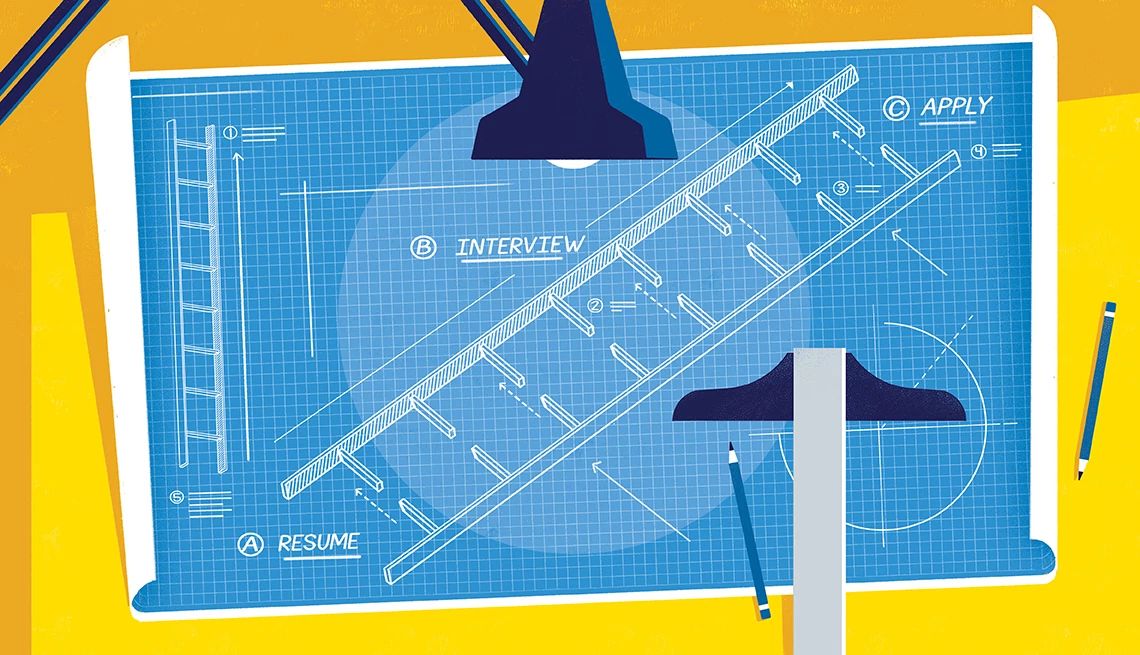AARP Hearing Center
A bone-strengthening drug given by IV every 18 months greatly lowered the risk of fracture in certain older women, a large study has found. The results suggest these medicines might help more people than those who get them now and can be used less often, too.
Broken bones are a scourge of aging. A hip fracture can start a long decline that lands someone in a nursing home. The risk is most common in women after menopause.
But who should use drugs called bisphosphonates is debatable. They're recommended for people with severely brittle bones, called osteoporosis, but their value is less clear for millions of others with moderate bone loss.
For expert tips to help feel your best, get AARP’s monthly Health newsletter.
Yet “that's the group in whom 80 percent of fractures occur,” and the new results suggest they also may benefit from treatment, said Ian Reid, M.D., of the University of Auckland in New Zealand. He led the study, reported at an American Society for Bone and Mineral Research meeting in Montreal and published by the New England Journal of Medicine.
The study involved 2,000 women, average age 71, with moderate bone loss. One quarter had previously had a fracture. They were assigned to get a Novartis drug, sold as Reclast in the United States and Aclasta elsewhere, or a placebo IV solution every 18 months.
After six years 122 women in the drug group had broken a bone versus 190 of those on a placebo — a 37 percent lowered risk. The drug also cut in half the risk of a vertebral fracture, when bone compression causes part of the spine to collapse.
































































